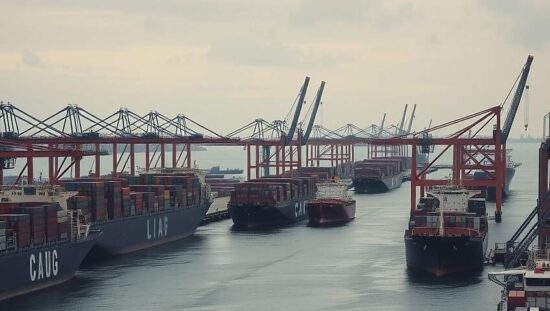Germany’s share of key global markets and critical industries has been steadily declining over the past decade, according to a newly released analysis by the Association of Research-Based Pharmaceutical Companies, as reported by “Der Spiegel”.
The study indicates an average annual decrease of approximately 0.11 percentage points in Germany’s global trade share since 2013. During this period, German exports have increased at a slower rate than overall global trade volume. The shift in trade structures is largely attributed to the rise of China and the trade policies enacted during the US presidency of Donald Trump. Collectively, the United States and Europe currently account for approximately one-third of global trade volume, while China holds around one-sixth. These three major economic areas combined represent half of all global trade.
Between 2013 and 2024, China gained an average of 0.36 percentage points in global market share. This growth primarily occurred outside of the United States; the analysis notes “noticeable losses” for China within the US market. Starting in 2018, coinciding with Trump’s first term, the proportion of Chinese exports subject to US tariffs rose significantly from just under one percent to two-thirds. Currently, both countries have imposed reciprocal tariffs on virtually all imports, leading to a realignment of trade flows.
China compensated for losses in the US market, in part, with increased market share in Europe. Similarly, the United States partially offset declines in trade with China by gaining ground in Europe. Europe, in turn, secured market share from China in the US. However, Germany has not benefitted from this trend, with other EU countries capturing these additional gains. Furthermore, China’s increased market share in Europe largely came at the expense of German exports.
The study identifies the German automotive industry as a primary driver of these losses, citing a delayed response to key future trends, specifically the transition toward alternative propulsion systems. The analysis is based on a database maintained by the United Nations, encompassing trade data from over 170 countries.





